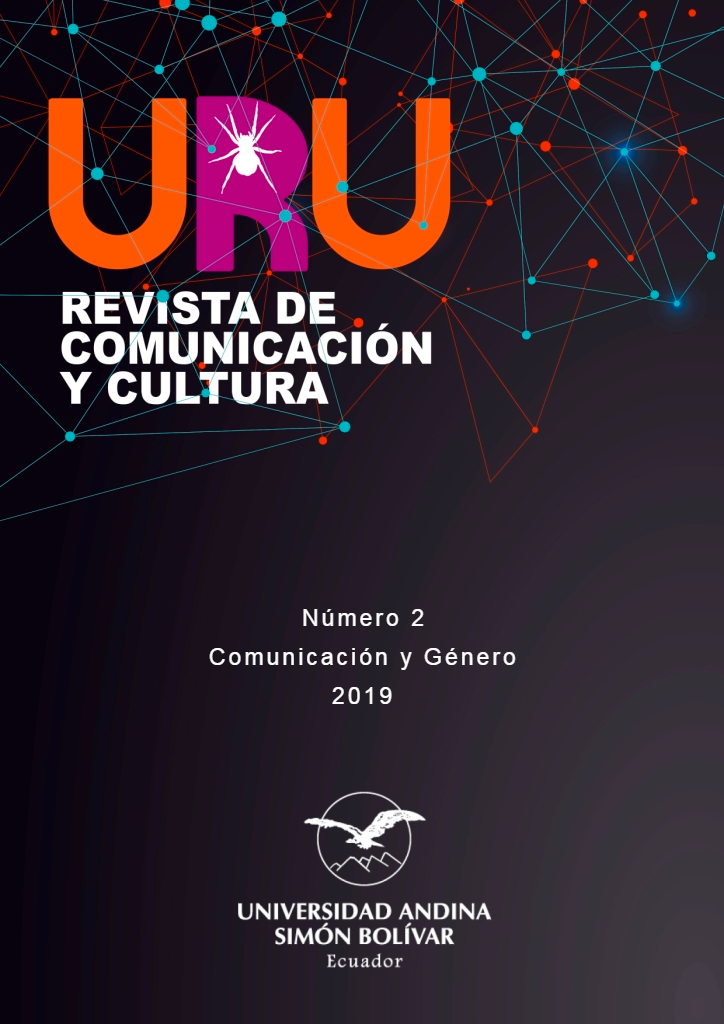Interaction and assembly among the inhabitants of the neighborhoods of the Cabildo La Libertad - Sector La Colmena
Abstract
The term interaction has been widely studied by Erving Goffman and its main characteristic is that it occurs between two or more people in a reciprocal way and with an immediate influence. While the assembly is one of the basic concepts of the Theory of the actor-network, and that refers to the formation of networks of actors that interact with each other in order to achieve a particular purpose. The particularity of the assemblies is that they can be formed from one moment to another. Based on these two categories, a study was developed in the La Libertad-La Colmena to establish whether interaction and/or assemblies are carried out in the neighborhoods that comprise it.
Downloads
References
Becker H. (2015). Para hablar de la sociedad la sociología no basta. Argentina: Editorial Siglo XXI.
Caballero J. (1998). “La interacción social en Goffman”, Revista Española de Investigaciones Sociológicas, N° 83.
El Comercio, “En Ecuador la esperanza de vida es de 76,2 años, según el estudio de la OMS, Quito 19 de mayo de 2016, https://www.elcomercio.com/actualidad/ecuador-esperanza-vida-saludlatinoamerica.html
Goffman E. (1970). El ritual de la interacción. Buenos Aires: Editorial Tiempo Contemporáneo.
Joseph I. (1998). Erving Goffman y la microsociología. Barcelona: Editorial Gedisa.
Manning P. (1992). Erving Goffman and Modern Sociology. Standford: University Press.
Downloads
Published
How to Cite
Issue
Section
License
ASSIGNMENT OF RIGHTS, DECLARATION OF CONFLICT OF INTEREST AND DISSEMINATION
The authors who publish in this journal accept the following conditions:
- Authors retain copyright and grant the journal the right of first publication, with the work registered under the Creative Commons Attribution-NonCommercial-ShareAlike 4.0 License, which allows sharing, adapting and attributing the work (see: Open Access Policies).
- Authors can make other independent and additional contractual agreements for the distribution of the article published in this journal (e.g., include it in an institutional repository or publish it in a book) as long as they expressly indicate that the article was published for the first time in Uru: Revista de Comunicación y Cultura. In the case of reproduction, a note similar to the following must be included: This text was originally published in the journal Uru: Revista de Comunicación y Cultura N ° -, year of publication.
- Authors are encouraged to publish their work on the Internet (e.g. on institutional or personal pages) in the final version published by Uru: Revista de Comunicaicón y Cultura as it may lead to a wider and faster dissemination of the published work.








